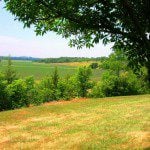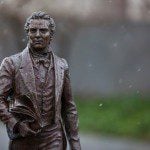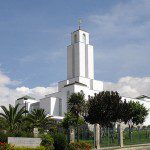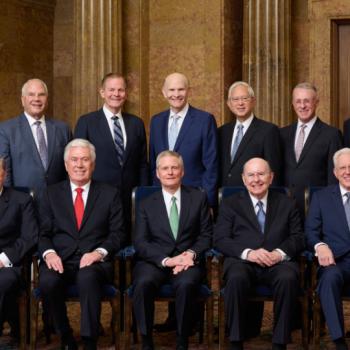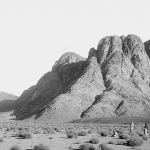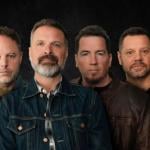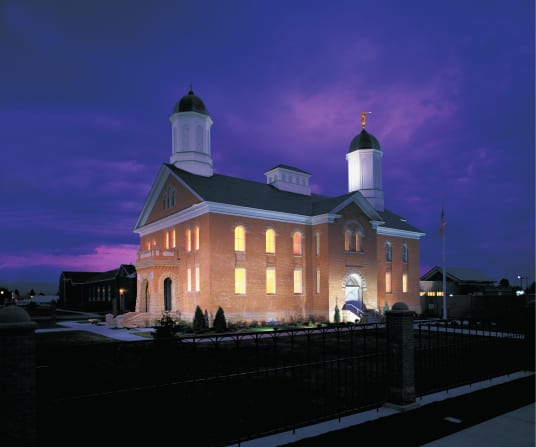
(LDS Media Library)
Please mark your calendars for the 2022 Temple on Mount Zion Conference, which is coming up on 5 November 2022.
My understanding, by the way, is that the new book by Jeffrey Mark Bradshaw, Freemasonry and the Origins of Latter-day Saint Temple Ordinances, is now available, as of today:
The topic of this book has been of interest to me for decades. Over the years, many researchers have asked me about similarities between the endowment introduced by the Prophet Joseph Smith and Freemasonry, often pointing out similarities to me. I explain that Joseph adopted and adapted, the then-popular pedagogical system of Freemasonry to teach eternal principles and that therefore they should look for the differences between the endowment and Masonic rituals if they want to find the essence of what the Lord revealed to Joseph.
What I have enjoyed about Jeff’s work over the years is that, unlike many students of this topic, he has not confused form and substance. His work has tracked the substance of the endowment ceremony to ancient sources and shown that the Lord revealed much of it to Joseph before he reached Nauvoo and joined a Masonic lodge established there. I trust that reading this book will heighten your intellectual comprehension and deepen your spiritual understanding.
— Richard E. Turley, Jr., former Assistant Church Historian
From the all-seeing eye on the Salt Lake temple to the turbaned angel and compass and square on the Nauvoo temple’s weathervane, and from ritualized hosanna shouts to traversing the veil, Latter-day Saint temples share elements in common with Freemasonry. Why? And how does this square with modern temple worship as a restoration of ancient temple practices? Jeffrey M. Bradshaw’s closely argued and beautifully illustrated Freemasonry and the Origins of Latter-day Saint Temple Ordinances illuminates these mysteries, beginning with a concise history and appreciative explanation of Freemasonry.
With intellectual rigor and spiritual insight, the author compares Latter-day Saint temple worship both to the modern Masonry amidst which it emerged and to the ancient Near-Eastern and early Christian rituals it restores. He presents Joseph Smith’s revelation of ancient temple ritual and his encounters with Freemasonry not as competing accounts of the origin of Latter-day Saint temple worship but as aspects of one and the same divinely guided process. I can’t imagine anyone coming away from this book without deeper insight into the origin and meaning of temple worship.
— Don Bradley, historian, author The Lost 116 Pages: Reconstructing the Book of Mormon’s Missing Stories
While Freemasonry certainly isn’t a necessary prerequisite to understanding the doctrines learned within the Holy Temple, my membership as a Mason has given me a quicker comprehension of the magnificence of eternal principles. I am grateful for the blessings of the Temple and for the knowledge that those fundamentals I learned years ago have an even more significant impact when viewed with an eternal perspective.
— From the Foreword by William S. Kranz, longtime Freemason
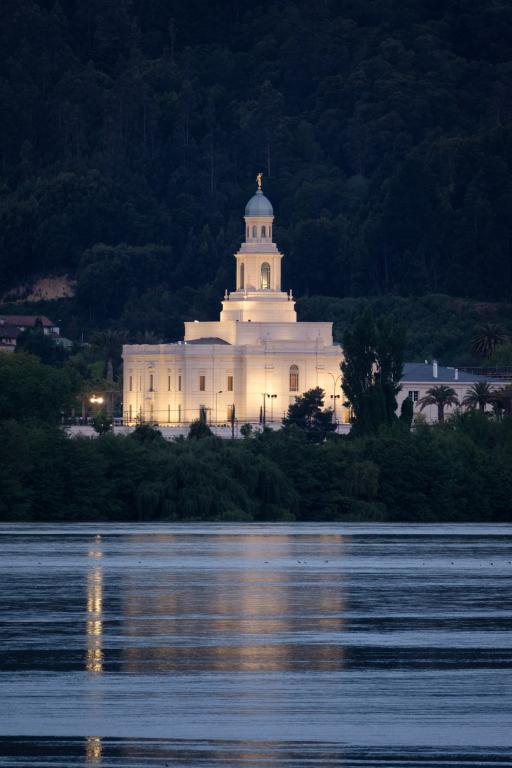
I’ve just listened to an interesting commentary on the Church’s official text “The Family: A Proclamation to the World” by Brent Andrewsen. I remember when the Proclamation was first issued in 1995. Many wondered why such a statement of obvious truisms was even necessary. Now, though, affirming it is controversial and indeed risky. It’s a nice illustration of modern prophets and apostles doing their jobs. Brother Andrewsen and subsequent speakers called our attention to a website that is dedicated to the Proclamation, and to which I intend to pay some real attention:
And here are a couple of items from the Neville-Neville Land blog that also concern prophets and apostles. And one of them is explicitly and directly connected with a speech that was just given today at the FAIR Conferenc :
“The First Presidency reviewed Saints before publication”
“President Nelson and the attention to detail in Saints”
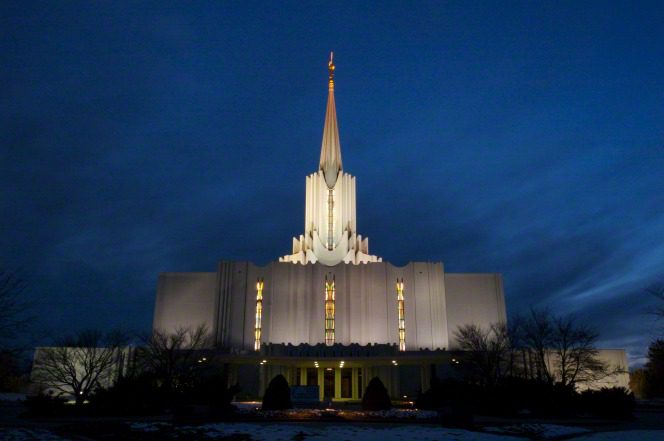
Perspective matters: I was living in Israel when a “Jordan River Temple” was announced. I remember reacting with astonishment: “But we don’t have enough MEMBERS around here!” I thought for just a moment.
I haven’t been seeking them out, but I’ve been pleased to notice yet other articles expressing admiration and gratitude for Vin Scully since I published my blog entry on Scully’s death (“The passing of a legend who meant very much to me and my family”) yesterday. Among them are these:
Wall Street Journal: “Vin Scully’s Perfect Baseball Melody: An appreciation of the legendary Dodgers voice, now departed at age 94”
National Review: “Vin Scully’s Verbal and Vocal Genius”
National Review: “Vin Scully: A Personal Remembrance: Vin Scully was my hero. Of course he was: he was family.”
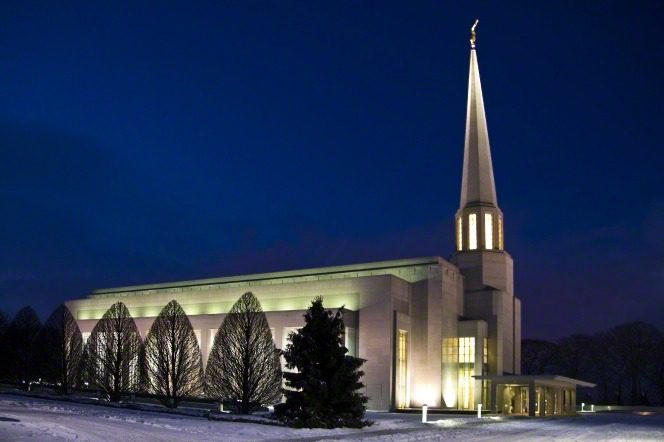
Elsewhere — even now, after approximately fifteen years of this sort of thing, he hasn’t quite lost the capacity to astonish me — my Malevolent Stalker is describing that little blog entry of mine as a shameless attempt to exploit Scully’s passing for “Mopologetic” purposes. He wonders aloud whether there is anything that I won’t abuse in order to serve my nefarious goals. This reminds me of the common observation that, often, individual people and even national governments accuse those whom they oppose of doing the very things that they themselves are doing. Is there anything at all that the Stalker won’t seek to weaponize as a means of slandering me?
The hook on which he hangs this newest accusation is my mention of the fact that Vin Scully was a quietly devout Catholic. This was, evidently, a slam against atheists. (I can, by the way, state with strong confidence that it was not.) In response to a reader’s question in the comments following that earlier blog entry, I explained that “the proximate prompt” for my mention of his quiet Catholic devotion was a passage in the National Review eulogy that I had read: “Scully had a devout but unshowy Catholic faith. He was a communicant at St. Jude the Apostle in Westlake Village, California.” At this, the Stalker complains that there was much more in the National Review article than merely that allusion to Scully’s religious faith, but that I shamelessly omitted it. If, though, I had borrowed more from it, he would surely have accused me of stealing from the article. I know how the game is played. He’s been playing it for a decade and a half.
By the way, the Stalker also points to my response to news of Christopher Hitchens’s death, which he describes as mocking and derisive. I would love to see exactly what I wrote, and where it appeared. My very first blog entry was published on 8 February 2012. Christopher Hitchens had already died nearly three months before, on 15 December 2011. So my alleged happy cackling when I heard about Mr. Hitchens’s death doesn’t seem to have been recorded here.
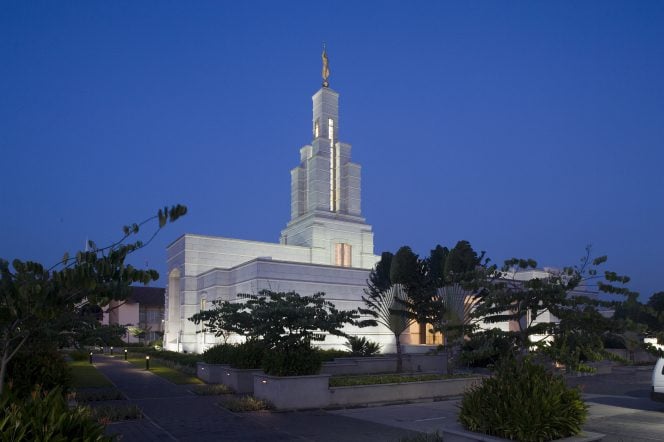
Speaking of Mr. Hitchens, though, here’s an item that I’ve located among the terrifyingly inexhaustible treasures of the Christopher Hitchens Memorial “How Religion Poisons Everything” File©. It ‘s simply yet another redundant example of the horrific damage wrought by theistic belief:



